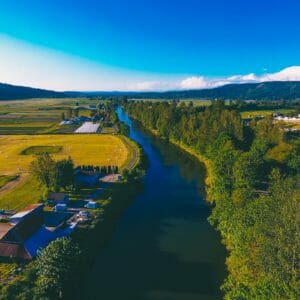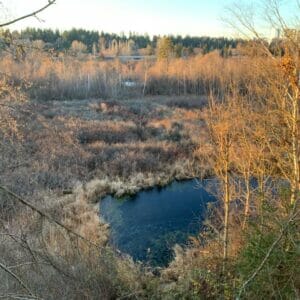Introduction:
In King County, Washington, obtaining approval for a septic system installation involves navigating a maze of regulations and requirements, particularly when it comes to critical areas designation (CAD) reports. These reports are essential for assessing environmental impact and ensuring the proper placement of septic systems in sensitive areas. In this guide, we’ll delve into the intricacies of septic permit approval in King County, focusing on the importance of CAD reports and the steps involved in the permitting process.
What is a Critical Areas Designation (CAD):
A Critical Areas Designation (CAD) is a crucial process aimed at identifying and protecting environmentally sensitive areas. These areas, such as wetlands, streams, aquatic habitats, and geologic hazard zones like slopes, are essential for maintaining ecological balance and minimizing risks to properties. In King County, this process mandates the involvement of a certified Ecological Consultant to conduct the assessment, resulting in a comprehensive report and map illustrating the location of these critical areas concerning property lines. This designation not only informs landowners about potential environmental concerns but also ensures responsible land use practices for development.
When is a Septic Feasibility Test Needed:
A septic feasibility test is typically conducted when planning to purchase raw land that will require a new septic system or when adding/upgrading one to an existing property. This test assesses the soil’s ability to absorb and treat wastewater while a CAD report will identify if there are any wetlands, streams, or geological hazard areas that need to be avoided. Both are crucial to ensure compliance with regulations and are prerequisites for further permitting processes such as a building permit.
How to Start the Process:
Initiating the process involves contacting a licensed septic designer and an ecological consulting firm. At Eastside Environmental Pros, Inc. we specialize in CAD reports and will carry out a wetland delineation to identify potential locations for your house. Once the CAD report is complete, a septic designer will utilize the results to determine the drainfield location for your septic system. To discuss your project requirements and timeline, give us a call at (425) 949-6659 or click here.
Why CAD Reports are Necessary:
CAD reports are required by King County to document the location of critical areas on a property prior to septic design approval. They identify sensitive areas on the property and establish appropriate setbacks to protect these ecosystems. By ensuring that septic systems are situated at safe distances from surface water sources, CAD reports play a vital role in preserving water quality and ecosystem health.
Costs:
The overall cost of obtaining a critical areas designation is comprised of two primary components: the wetland consulting fee and a county processing fee.
Wetland Consulting Cost:
The cost charged by a wetland consultant can vary based on several factors, including property size, the level of detail required in the report, and the presence of critical areas such as wetlands or streams. It’s essential to discuss these factors with your chosen ecological consulting firm to establish a clear understanding of project expenses.
King County Critical Areas Designation (CAD) Cost:
- If no critical areas are identified, the total CAD process cost is $989
- If only wetlands or streams are identified, add an additional $730 (total $1,719)
- If only geological hazard areas are identified, add an additional $730 ($1,719)
- If both wetlands or streams AND geological hazard areas are identified, the total cost is $2,449
- To review King County’s current fee schedule, click here.
Conclusion
Navigating the septic permit approval process in King County demands careful planning, collaboration with knowledgeable professionals, and adherence to regulatory guidelines. The CAD report serves as a crucial component in evaluating environmental impact and ensuring the safe placement of septic systems. By enlisting the expertise of qualified professionals early on, homeowners can streamline the permitting process and ensure compliance, ultimately safeguarding both their property and the surrounding environment.
If you’re in search of a reputable wetland consultant, your quest ends here! At Eastside Environmental Pros., we have helped hundreds of landowners in realizing their project goals by optimizing their buildable area while maintaining ecological balance.
Let us guide you through the development process, ensuring compliance with King County regulations and paving the way for your project’s success. Give us a call or fill out our contact form to find out how we can help you.
This article was written by Kellen Maloney, owner and chief ecologist of Eastside Environmental Pros, Inc. Kellen is a Professional Wetland Scientist (PWS) who enjoys helping new and experienced landowners meet their property goals.






